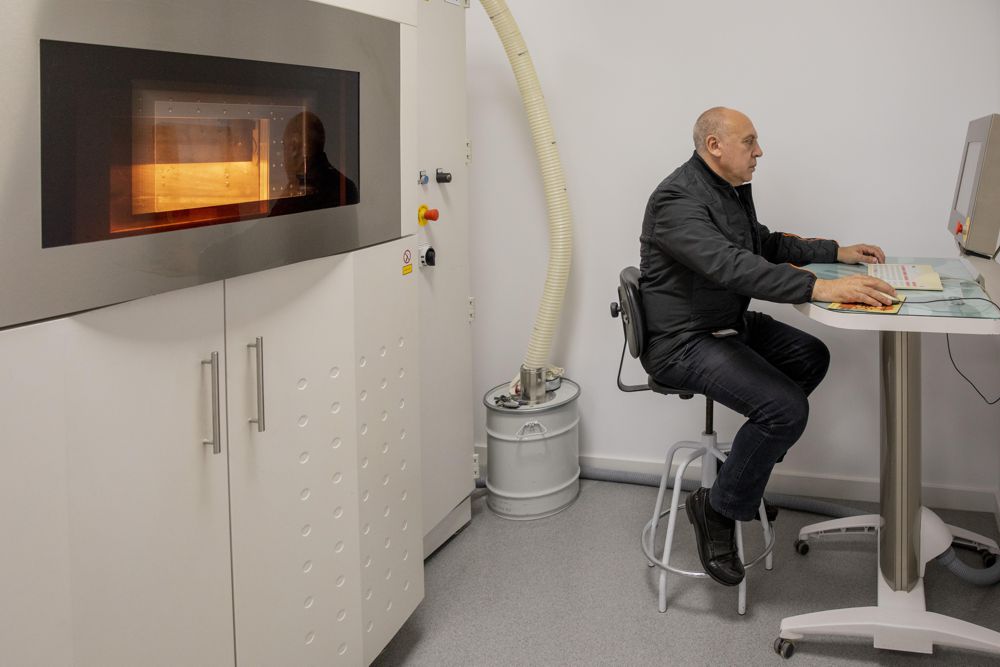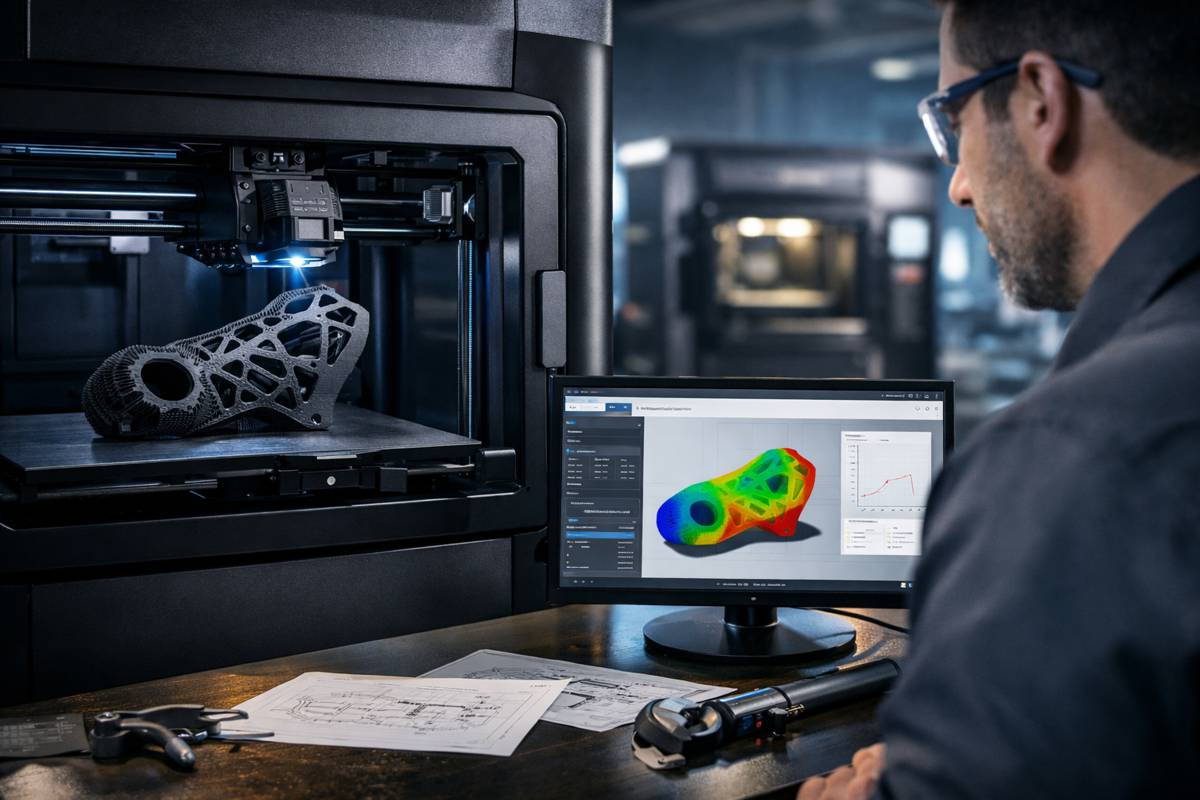SEAT bringing imagination to life with their 3D Printing LAB
Made without moulds, with no design limitations and 10 times faster. 3D printing has infinite applications and the automotive industry has been among the first to embrace it to save time and gain flexibility in all phases of a vehicle’s development and production. This is how SEAT’s 3D Printing LAB works.
The limits are in the imagination. “If you can imagine it, we can make it.” This is the motto of the 3D printing lab located in the SEAT Prototype Centre. With this in mind, its 9 printers work for all divisions of SEAT, such as design, production and logistics, producing all kinds of elements. “One of the advantages is that we can apply infinite geometries and carry out any type of high-precision design for all areas of the factory, however complicated it may seem. And all in times that are impossible to achieve with the normal process” says Norbert Martín, head of SEAT’s 3D Printing LAB.

No moulds and no waiting. In addition to design versatility, the main advantage of using 3D technology is the speed with which the parts are manufactured. In the normal process, to make a mirror for example, a mould has to be made first, and this can take weeks. In addition, it would be a unique model and if you wanted to vary it in the slightest you would have to make another mould. With 3D printing, however, this preliminary phase disappears.
The technicians receive a file with the design and send it to be printed as if it were a document. In 15 hours the part is ready. “Using traditional technologies it would take weeks to have a part and with 3D printing it’s ready from one day to the next. This enables us to make several versions in the same week, which can be tested and modified again to improve them”, explains Norbert.

From utensils to facemask strap extenders. 80% of the parts that are printed are prototypes for vehicle development, but custom tools and utensils for the assembly line, custom logos for motor show vehicles and show-cars, and even facemask strap extenders and door pulls to assist in the prevention of coronavirus are made here.
“Thanks to this technology we help in the development of the product and also in the manufacturing and assembly, since we supply tailor-made tools that are lightweight and ready to be used by the line workers. We have even printed facemask strap extenders and accessories for opening doors with your arms so that you don’t have to use your hands” Norbert says.

From nylon to carbon fibre. There are several kinds of additive manufacturing printers: multi-jet fusion, sintering, laser, filament fusion or even UV light curing. Depending on what needs to be printed, it is more appropriate to use one technology or another, as each printer makes the parts using a specific material. In addition to the exact shape, a specific weight can be achieved or that the material can withstand temperatures of up to 100º.
“An example of the technology we use for creating tools is the continuous filament fabrication printer (CFF). Here we use not only plastic, but also carbon fibre to reinforce it and provide a much lighter and stronger tool that can withstand many cycles” according to the head of SEAT’s 3D Printing LAB.

A 3D printed future. The technology already exists and its applications are endless. Now the focus is on new customer-centred applications with customised parts, special series or hard-to-find spare parts.
“If, for example, you need a part from one of our historic models that is no longer in production, we can print it” concludes Norbert.

The 3D LAB in figures
- 9 printers: 1 HP Jet Fusion printer, 1 SLS, 6 FFF, and 1 Polyjet (UV light)
- 50 parts produced on average daily
- 24 hours a day in operation
- 80 kilos of polyamide powder per month and 12 rolls of nylon, ABS and other technical thermoplastics
- Parts are created from 0.8 micron layers
3D milestones
- 1980: First patent
- 1999: Transplant of the first printed medical implant
- 2008: The first prosthetic leg is created
- 2009: The bio-print that enables the first blood vessel to be printed
- 2011: First flight of a 3D printed unmanned aircraft
- 2011: Gold and sterling silver jewellery is printed
- 2012: First implant of a printed prosthetic jaw
- 2019: Bioprint of a human heart




















